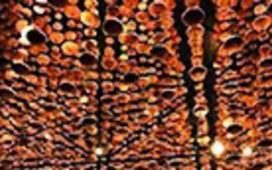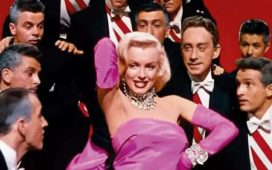
It was a transactional thing. I was still in school. They were already in college. As the youngest in the group, I had a price to pay for being allowed to be around. It was a task, really.
I was given a pencil and a bunch of cassettes and my task was simple: I had to spin each cassette like a Buddhist prayer wheel till they got fully rewound and ready to play. No one wanted to waste their sessions rewinding cassettes on the tape deck. Hence, the deployment of a slave.
I would gladly do their bidding. In exchange, a fascinating world of music opened up. While spinning cassettes, I got introduced to rock gods such as the Rolling Stones, Jimi Hendrix, Led Zeppelin, the Grateful Dead, the Allman Brothers, Traffic, the Who…. It was heady. It was life-changing.
Things got even better when I scraped together and bought my first portable cassette recorder, a Panasonic. In came a world of tape-to-tape and LP-to-tape recordings, all obviously in blatant infringement of copyright laws that nobody ever even mentioned.
By the early 1980s, the Walkman, Sony‘s nifty portable personal cassette player, had become a generic name. I got myself a cheaper Indian BPL copycat. I could listen to my music wherever I went. How cool was that! This month, the Sony Walkman turned 45. Sony doesn’t make those anymore – its new Walkmans are not analogue, but purely digital doodads. Yet, although I am a couple of decades older than the original Walkman, I have to confess that I have suffered a relapse. I fell off the wagon when I found on the web that other companies were making tiny personal cassette players. I sprang for a Chinese-made model, the FiiO CP13 – the Star War-ish ring to its name helping the choice.
Then came the matter of getting cassettes. When CDs and then digital music hit us back in the late-1990s, like many others, I gave away or junked hundreds of cassettes. Soon, however, I discovered that trading in used cassettes thrives online. I plunged right in. Right here in Helsinki, there are flea markets and thrift stores, too, where you can score old cassettes. My collection has been slowly growing.
Once relegated to the dustbin of audio history, the humble cassette is staging a comeback, with a vengeance. It’s a format that’s like a long-lost friend to me. Born in the 1960s, popularised in the 1970s-80s, it carries with it a tactile charm that seems to be appealing to a new generation of music lovers.
In a world of limitless digital streaming, the cassette’s limitations have become its strength. I found a pair of 1991 Sony (wired) studio headphones and plugged it into my new friend, CP13. Van Morrison’s T.B. Sheets, a retrospective of recordings the singer made circa 1967, sounds just perfect with just the right bit of tape hiss, and some wow and flutter caused by speed variations. It’s a warm and fuzzy time-machine journey to a forgotten era that seems so distant from the clinical perfection of digital sound.
The rush of nostalgia is greatly satisfying, bringing back old memories of friends, moments, and things that happened. But for me, analogue’s little flaws, the subtle distortions, are most appealing. There’s a ‘vintage’ lo-fi sound that Fleetwood Mac’s 1977 Rumours cassette has that’s missing in its digital streaming (often remixed) avatars.
I read that cassette sales in the US grew from about 173,000 units in 2020 to 343,000 in 2021. That’s nothing really. In 2021, 41.7 mn vinyls were sold, 40.6 mn CDs, and there were 988 bn on-demand audio streams.
Yet, some of music’s biggest names are releasing cassettes today: Metallica, The Strokes, Arctic Monkey, and Eminem are among them. And, yes, so are Taylor Swift and Beyonce. Now, if you’ll excuse me, I have to rewind Weather Report’s Domino Theory (1984)… and, what do you know, it’s a chromium dioxide tape!









